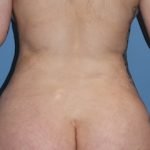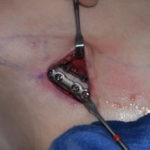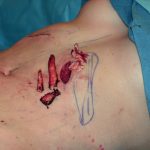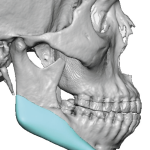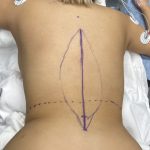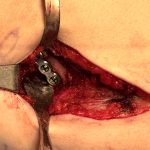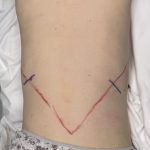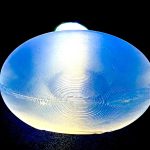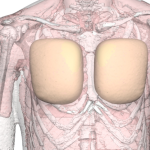Forehead Horn Reduction Case Study
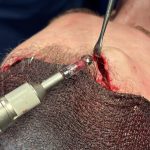
Introduction Forehead horn reduction is a surgical contouring procedure designed to reduce a localized bony prominence of the frontal bone that can resemble a horn or knob. These prominences have a very characteristic location in the upper lateral region of the forehead and most commonly appear bilaterally. Patients typically seek treatment for cosmetic reasons, particularly Read More…

